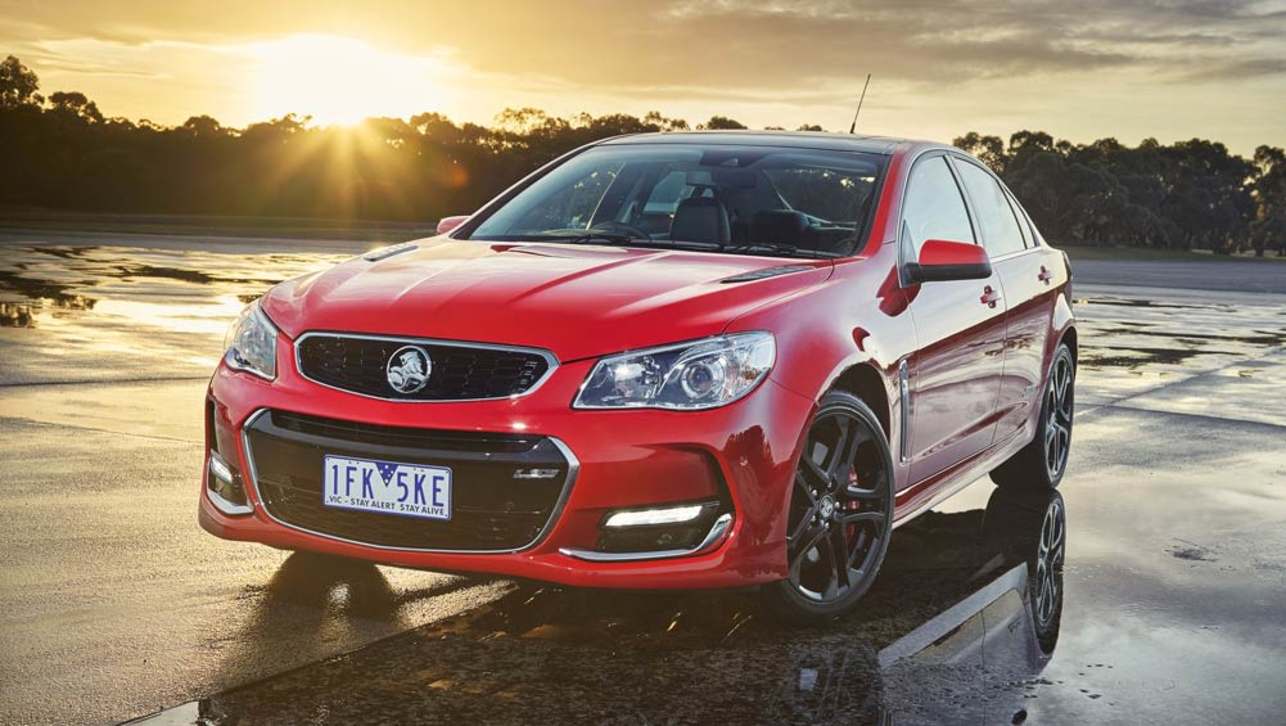There was huge excitment after a report surfaced last week that detailed how Australia could become an electric vehicle manufacturing powerhouse - heralding a return to our glory days, when we were pumping out Holden Commodores and Ford Falcons just as quickly as we possibly could.
Among the things we’d need, the report said, was an “overarching, coordinating and strategic national industry policy”, and then we could fire up the old factories at Broadmeadows and Elizabeth and start pumping out lean, green Aussie-made cars again.
It’s exciting, sure, and many of us — myself included — would love to see it happen. And the last thing I want to be is a wet blanket for all this enthusiasm. But, unfortunatey, I’ve been hosing-down my doona all morning, and I’ve got to throw it somewhere.
The report — which is meticulously researched and hugely interesting, and can be read in full here — lists the many reasons a strong auto manufacturing industry would be good news for Australia. And on that, it's 100 per cent right. Car fans across Australia would love be able to buy homegrown vehicles again, and that's without mentioning all the talented, passionate men and women who lost their jobs when the industry went belly-up.
But here’s the rub: it isn’t going to happen. The days of Australia mass-producing vehicles are over. And frankly, I can’t see them ever coming back.
That we were simply producing the wrong vehicles — or in this case, vehicles with the wrong powertrains — wasn’t the only thing that killed off our manufacturing industry.
There was also the $2.17 billion in Federal Government subsidies afforded to GM alone in the 12 years to 2013 - amounting to around $150m per year on average. And that’s not even counting what was handed to Ford, Toyota, Mitsubishi and more. Some claims put the total cost to government, across the entire auto industry, at around $500m per year.
Yes, it also increased our economy by roughly four times that amount, but once that tap was turned off the clock was ticking. To come back, that tap would need to be turned back on.
Also not helping was the reduction of tariffs on imported vehicles - required to keep our vehicles cost competitive - which were once 57.5 per cent on passenger vehicles in 1987, but had fallen to 15 per cent in 2000. By 2014 it had dropped to five per cent, and even lower for vehicles from ASEAN, the USA, Malaysia and Thailand. And we all know what happened soon after. Would we reintroduce tarrifs, then?
Or the fact that Australia’s minimum wage, which was — officially — the highest the world in 2019, means it costs a lot to build cars here. To put that into perspective, in China - which is where we will be getting most of our Teslas, as well as BYD models and any number of soon-to-launch competitors - the minimum wage is $254 per month. And that’s in Guangdong Province (the country’s biggest economic province) after a significant increase. In Australia it’s just under $3100 per month.
And that’s the minimum wage. Building cars requires a largely skilled workforce, which doesn’t come cheap in Australia. A 2013 analysis by The Conversation found that the cost of building a car in Australia, all told, was four times that of Asia and double that of Europe, and that's before you take into account the cost of shipping cars from Australia to the world.
That same analysis found that we produced around 140,000 vehicles in 2012. Global output that same year was 63 million vehicles. Companies, then, were spending up big to build a tiny number of vehicles that they couldn't really sell anywhere but Australia.
But the biggest challenge is that we have already changed the way we manufacture cars in this country. Companies like Premcar (the Nissan Navara Warrior) and Walkinshaw (the Amarok W Series) do outstanding work with talented teams re-manufacturing pre-built vehicles for our market, and our conditions. Then there's RAM Trucks, with models that are imported in left-hand drive and converted locally.
Yes, they all do it in comparatively small numbers, but it works, and it works well.
The future of Australian automotive manufacturing, then? You’ve already seen it. And maybe even driven it.





.jpg)
.jpg)



.jpg)
.jpg)

.jpg)


.jpg)

.jpg)
.jpg)

.jpg)

.jpg)
_0.jpg)
.jpg)




Comments